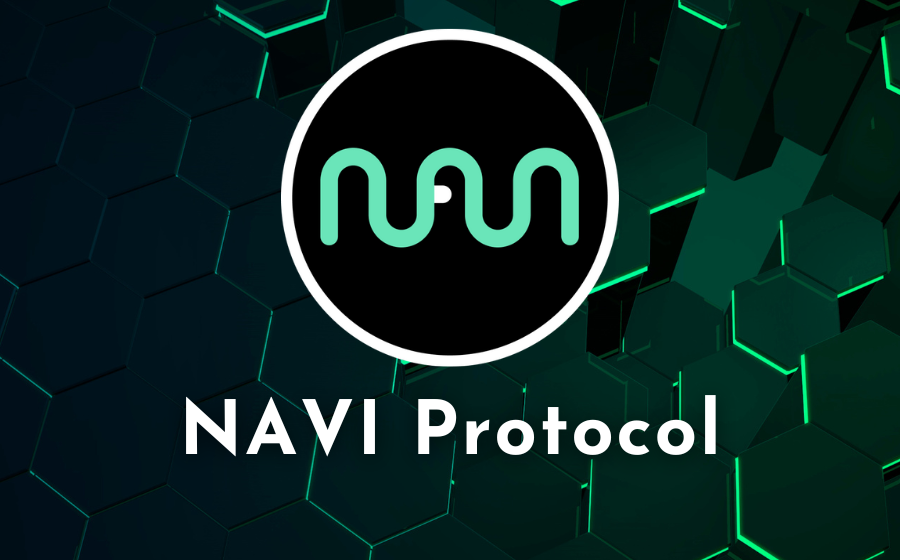
KEYTAKEAWAYS
- Liquidity Mining provides passive income by rewarding users with transaction fees and platform-native tokens for supplying liquidity to decentralized exchanges and lending protocols.
- High returns but risks exist—while liquidity mining offers high yield potential, users face impermanent loss, smart contract risks, and price volatility that can impact overall earnings.
- DeFi adoption is fueling growth—as more investors enter the space, liquidity mining continues to evolve with improved capital efficiency and innovative mechanisms to enhance rewards and minimize risks.

CONTENT
Liquidity Mining allows users to provide liquidity to DeFi platforms and earn rewards. Learn how it works, its benefits, and risks like impermanent loss, smart contract vulnerabilities, and volatility.
WHAT IS LIQUIDITY MINING?
Liquidity Mining is a reward mechanism in the decentralized finance (DeFi) ecosystem where participants provide liquidity to decentralized exchanges (DEXs) or lending platforms in exchange for rewards, typically in the form of the platform’s native tokens.
By depositing assets into liquidity pools, participants help facilitate trading and lending activities without relying on traditional order books. In return, they receive incentives, often referred to as “yield farming,” which can include transaction fees and additional token rewards. This model has become one of the most popular ways for users to earn passive income in the crypto space.
>>> More to read: What is Yield Farming? Earn Passive Income with Crypto
HOW DOES LIQUIDITY MINING WORK?
The Liquidity Mining process consists of two main steps:
1. Providing Liquidity
To participate, users must deposit cryptocurrency assets into liquidity pools, which serve as reserves for decentralized exchanges (DEXs) and lending protocols. These pools enable seamless asset swaps without the need for a centralized market maker.
Most DEXs use an Automated Market Maker (AMM) model, such as Uniswap, PancakeSwap, and Curve Finance. Users provide liquidity in trading pairs (e.g., ETH/USDT, BTC/DAI) according to the platform’s requirements.
Once liquidity is provided, participants receive LP (Liquidity Provider) tokens, representing their share of the pool. These LP tokens can later be redeemed for the deposited assets plus a share of the accrued transaction fees.
2. Earning Rewards
Liquidity providers (LPs) are rewarded in two ways:
- Transaction Fees: Every time a trade occurs in the liquidity pool, a small fee is collected and distributed proportionally among liquidity providers based on their pool share.
- Incentive Rewards: Many DeFi platforms offer additional rewards in their native tokens to attract more liquidity. Some projects even provide dual incentives, where LPs earn tokens from both the platform and its ecosystem partners.
For example, if a user contributes 10% of a liquidity pool, they will receive 10% of the total liquidity mining rewards.
>>> More to read: What is DeFi? A Comprehensive Guide
WHY IS LIQUIDITY MINING SO POPULAR?
The rise of Liquidity Mining can be attributed to several key advantages:
✅ High Yield Potential
Compared to traditional financial instruments like savings accounts and dividend stocks, liquidity mining offers significantly higher returns. LPs earn both transaction fees and additional token incentives. If the rewards token appreciates in value, liquidity providers can achieve even greater profits.
✅ Decentralized Finance (DeFi) and Financial Freedom
Liquidity mining supports the DeFi revolution, which eliminates intermediaries like banks and brokers, making financial services accessible to anyone worldwide.
✅ Low Entry Barriers & Global Accessibility
Unlike traditional financial markets that require large capital and regulatory approvals, liquidity mining allows anyone with cryptocurrency to participate, making it an inclusive investment opportunity.
✅ Network Effects & Ecosystem Growth
As more users provide liquidity, pools become deeper, increasing trading efficiency and attracting even more users. This positive feedback loop helps platforms grow exponentially.
✅ Capital Efficiency & Flexibility
Many DeFi platforms allow users to stake their LP tokens as collateral for additional yield farming opportunities, maximizing capital efficiency. Additionally, liquidity can be withdrawn at any time, offering more flexibility compared to traditional investments.
>>> More to read: What Are Liquidity Pools and How Do They Work
RISKS OF LIQUIDITY MINING
While Liquidity Mining offers lucrative rewards, it also comes with inherent risks, including:
🔴 Impermanent Loss
When the price of deposited assets fluctuates significantly, LPs may suffer an impermanent loss, meaning they might have been better off simply holding their assets rather than providing liquidity.
🔴 Smart Contract Risks
Since DeFi platforms rely on smart contracts, security vulnerabilities or hacking incidents can lead to the loss of funds. Even well-established projects have suffered multi-million dollar exploits.
🔴 Market Volatility & Token Depreciation
Rewards are often paid in platform-native tokens, which can experience extreme volatility. If the reward token’s price crashes, LPs could see their returns diminish drastically.
🔴 Regulatory Uncertainty
As DeFi continues to grow, governments and financial regulators are exploring new policies. Changes in regulations could impact liquidity mining opportunities, especially in certain jurisdictions.
📌 How to Minimize Risks?
To optimize gains and mitigate risks in Liquidity Mining, users should consider the following strategies:
✔ Choose Stablecoin Pairs (e.g., USDT/USDC, DAI/ETH) – Providing liquidity in stablecoin pairs reduces impermanent loss risk.
✔ Use Reputable and Audited DeFi Platforms – Platforms like Uniswap, Aave, and Curve have been extensively audited, reducing the risk of smart contract exploits.
✔ Diversify Across Multiple Liquidity Pools – Avoid putting all funds into a single pool to spread risk and enhance capital security.
✔ Monitor Market Conditions and Adjust Strategies – Periodically reviewing liquidity mining rewards and shifting to more profitable or safer pools can improve returns.
LIQUIDITY MINING CONCLUSION
Liquidity Mining has become one of the most attractive opportunities for crypto investors seeking passive income. It provides high-yield potential while fueling liquidity for the growing DeFi ecosystem. However, participants must carefully assess risks like impermanent loss, smart contract vulnerabilities, and token volatility before committing their funds.
As the DeFi sector continues to evolve, Liquidity Mining is expected to become even more sophisticated, with new mechanisms improving capital efficiency and reducing risks, making it a fundamental pillar of the blockchain-based financial ecosystem.
▶ Buy Crypto at Bitget
ꚰ CoinRank x Bitget – Sign up & Trade!


















